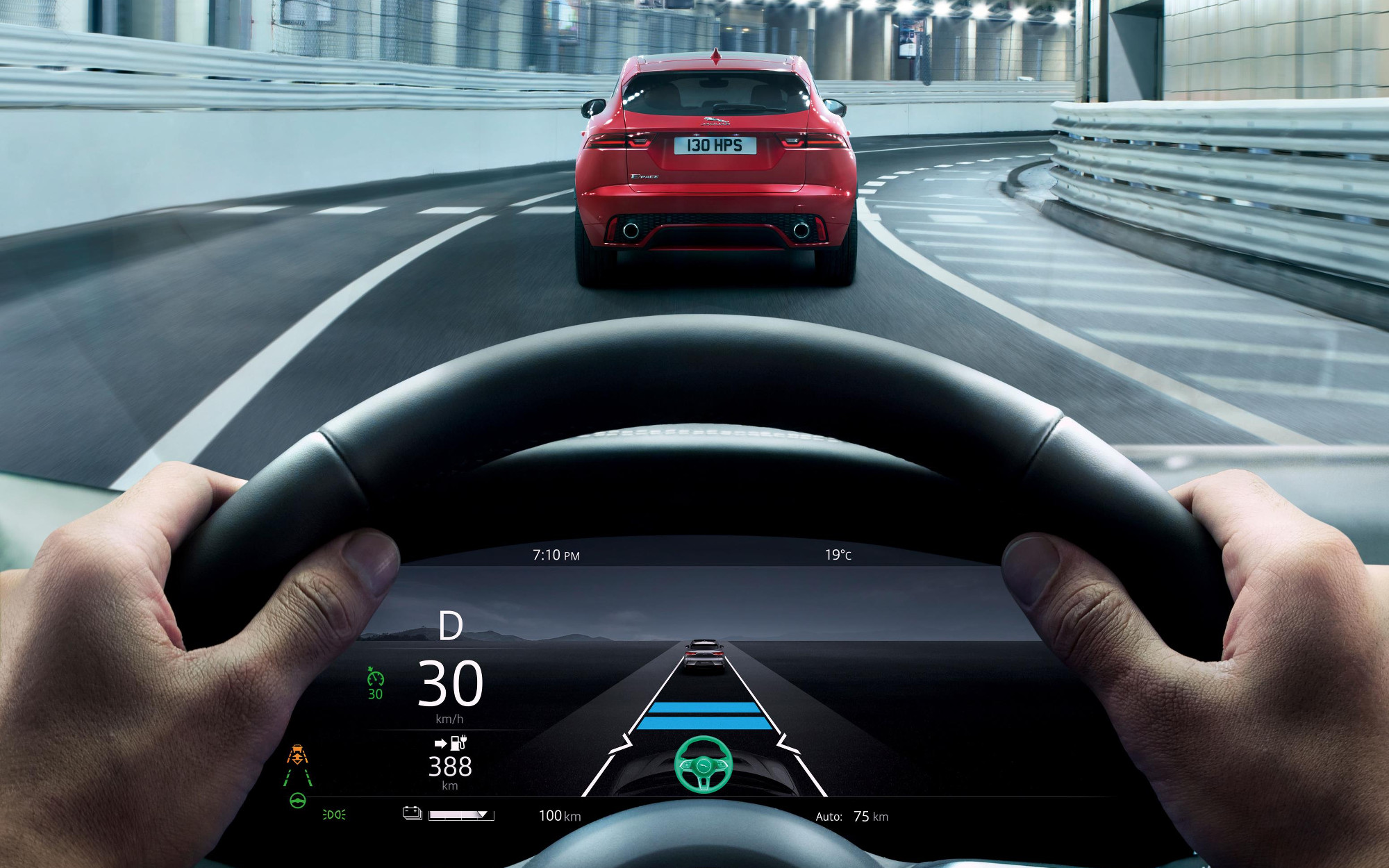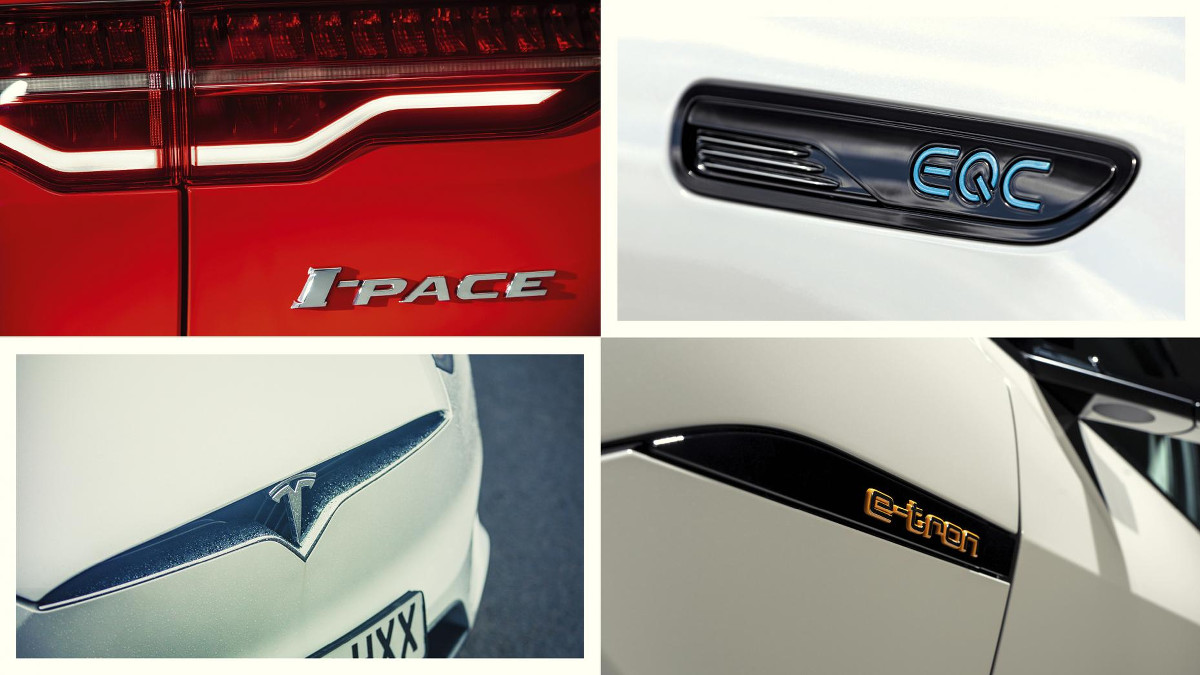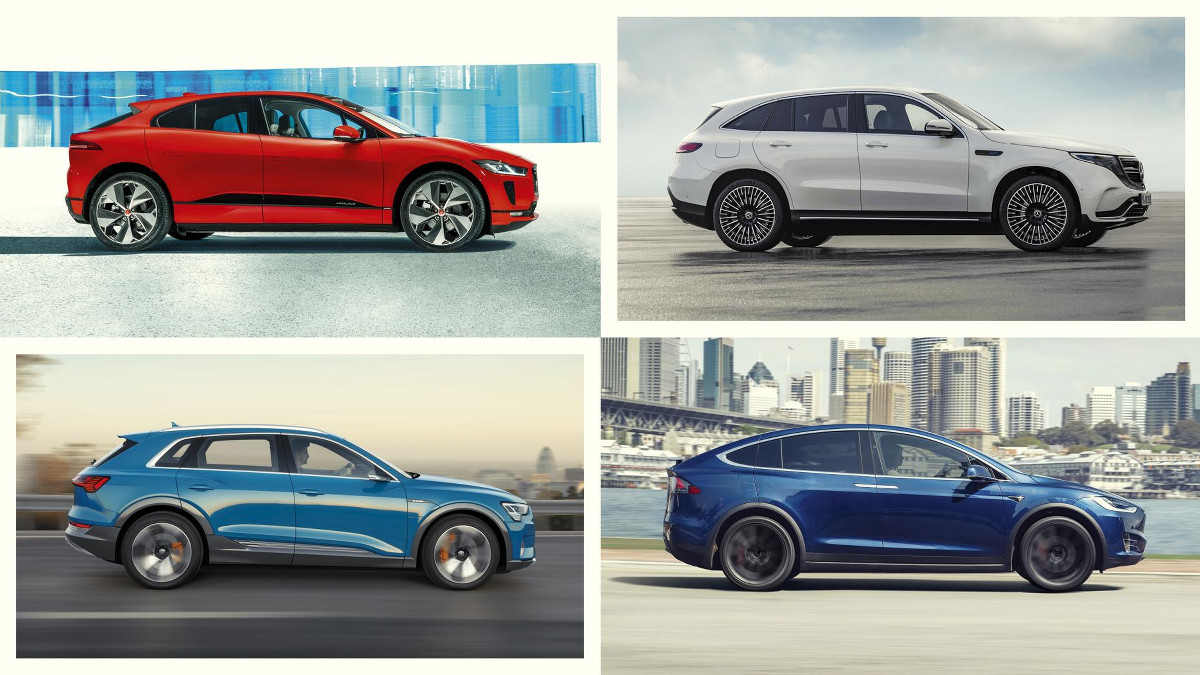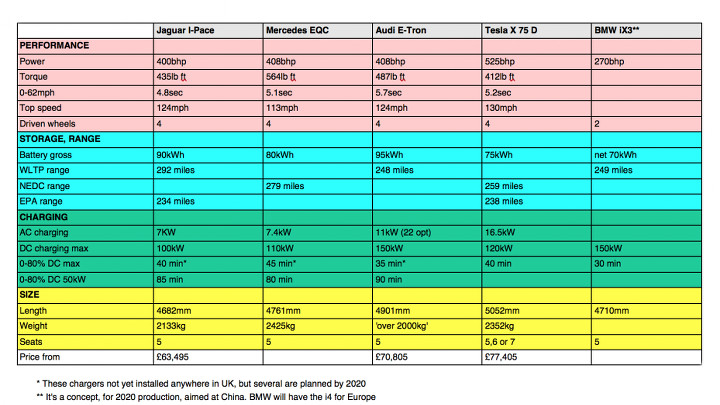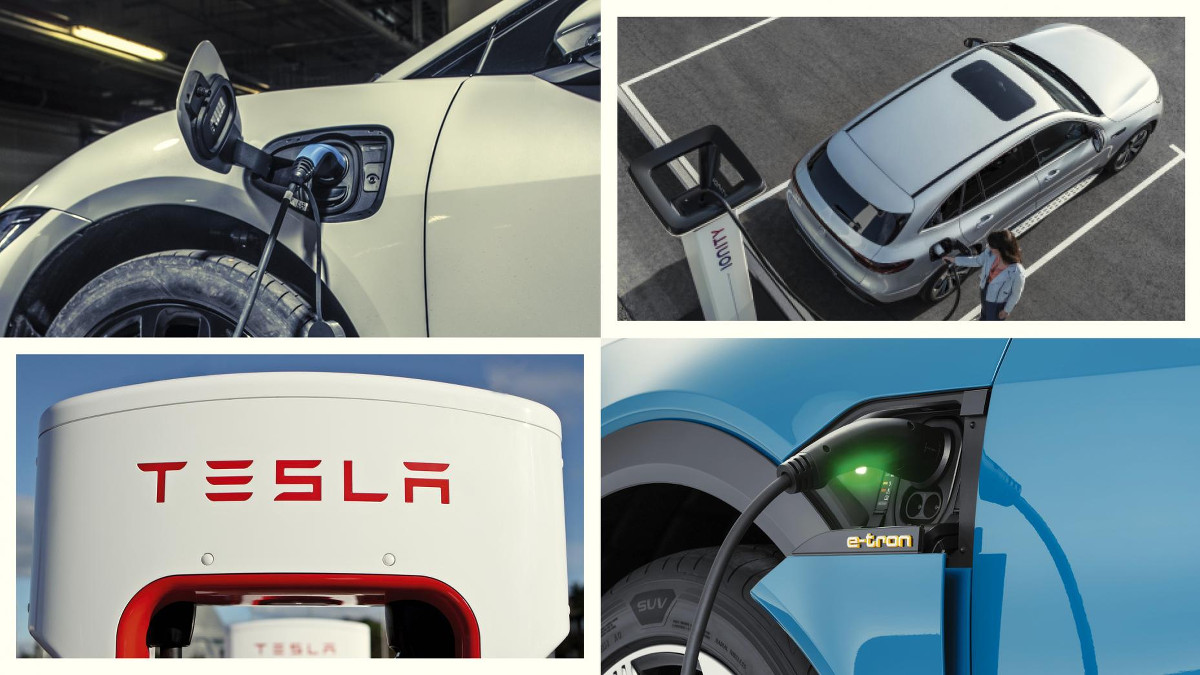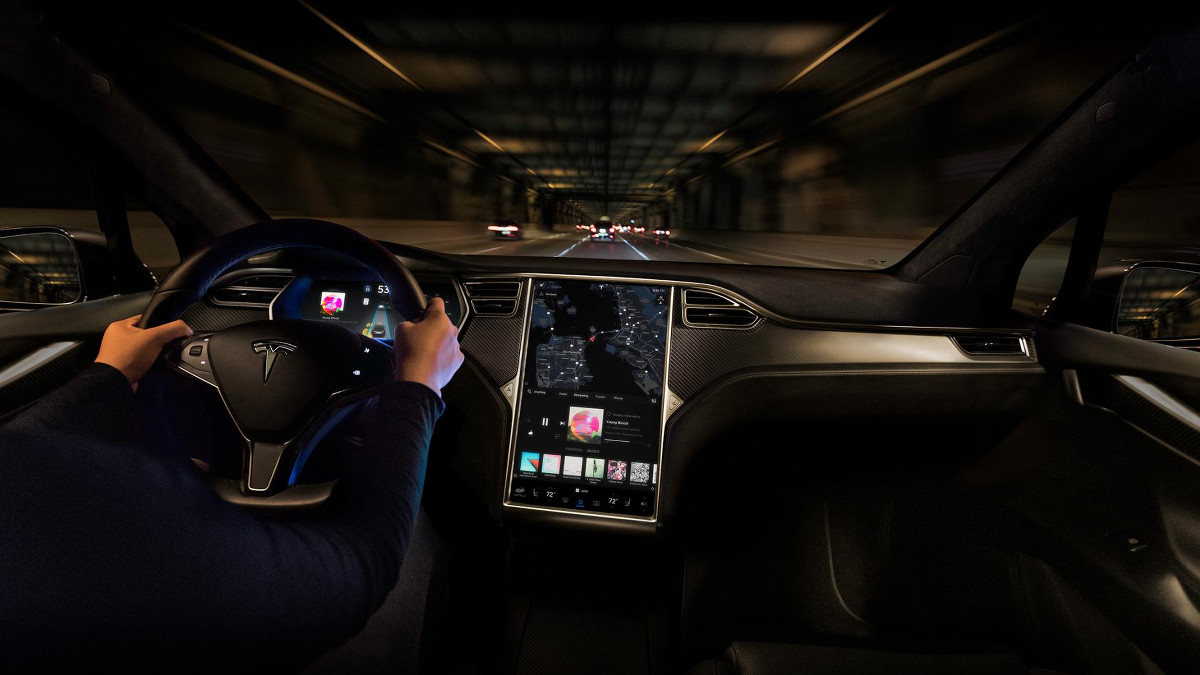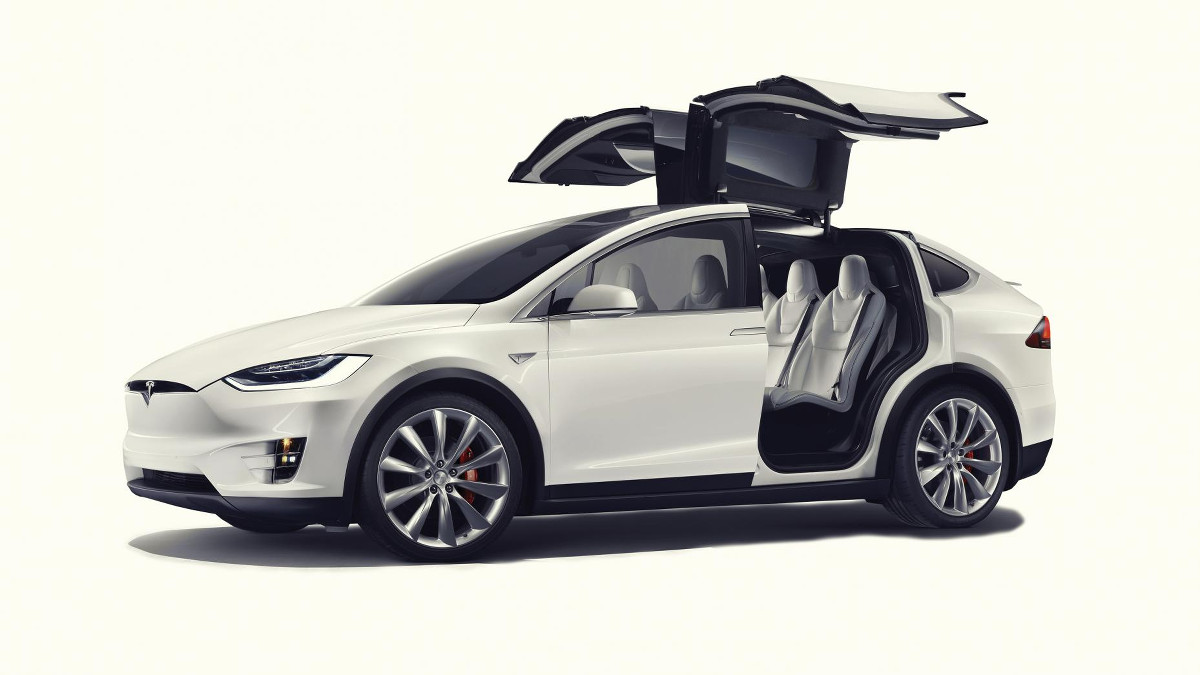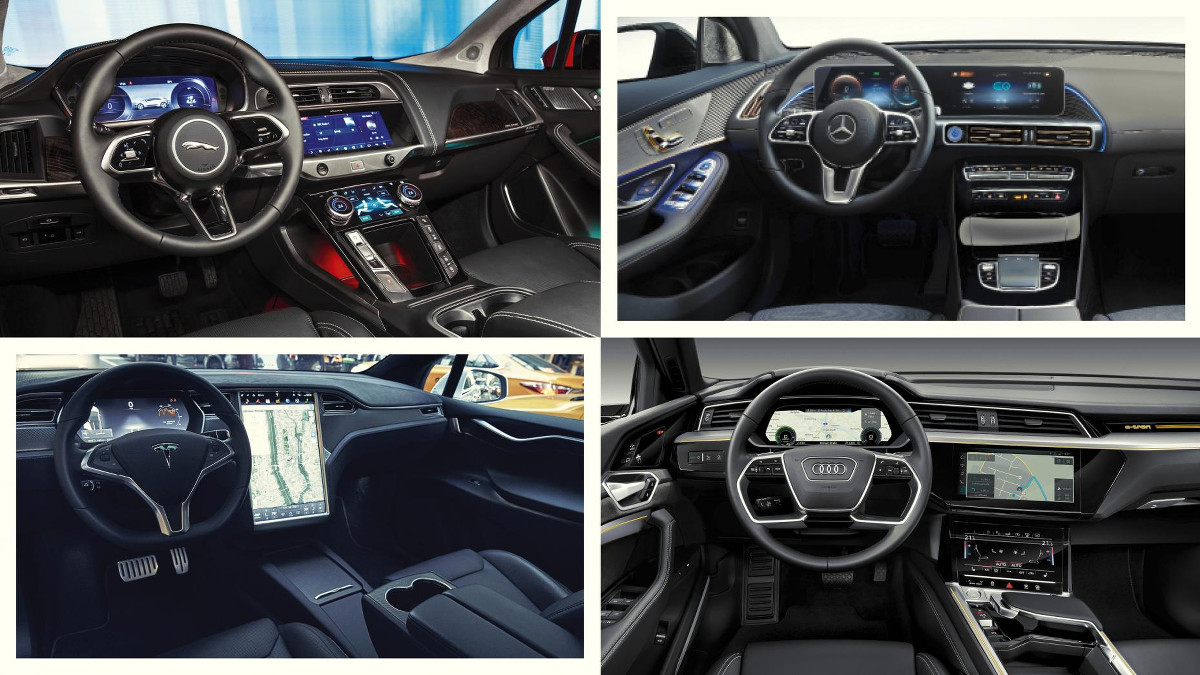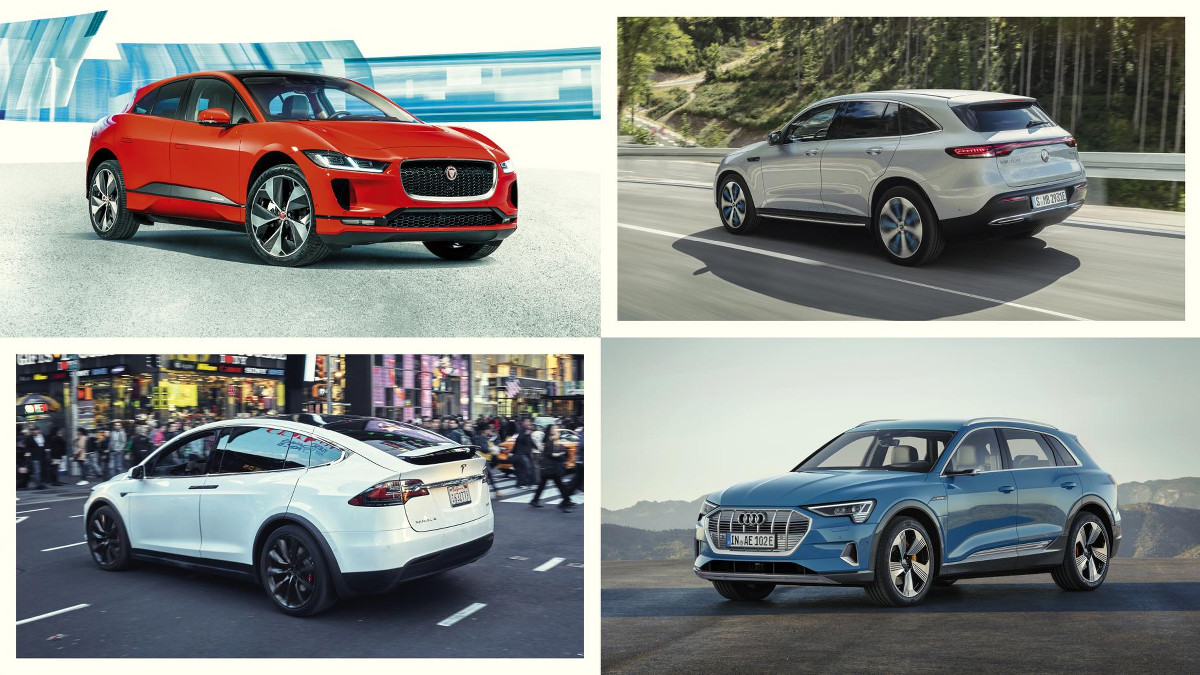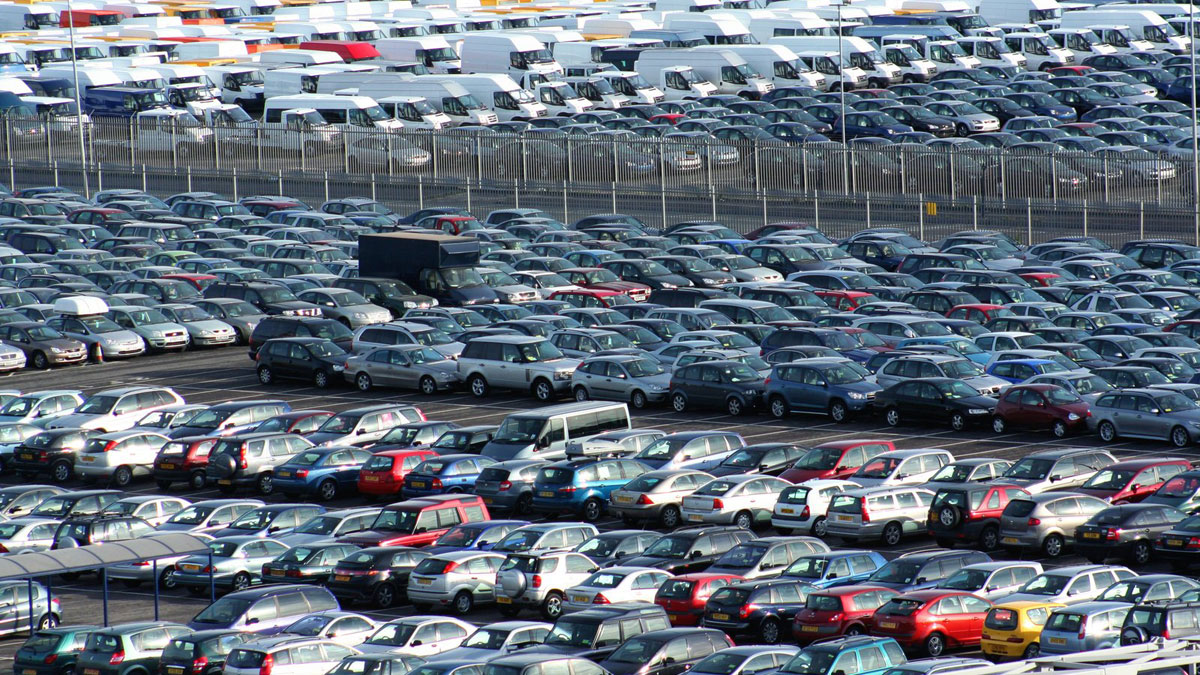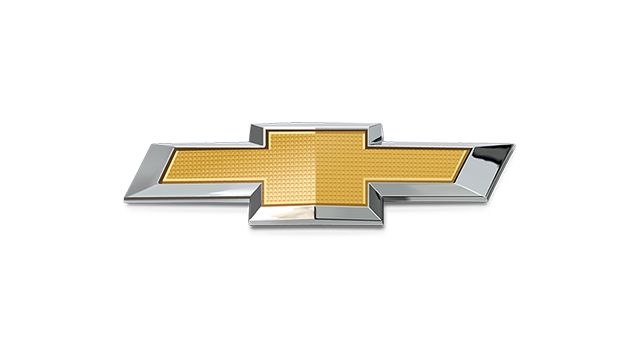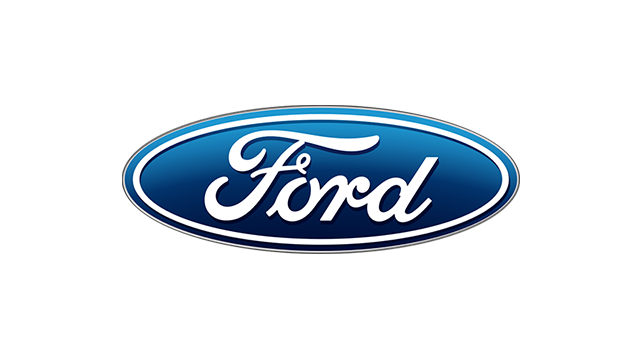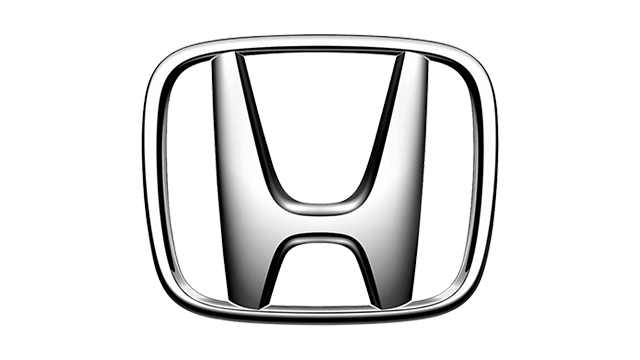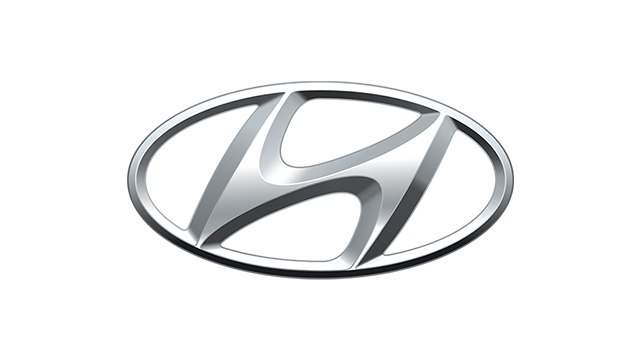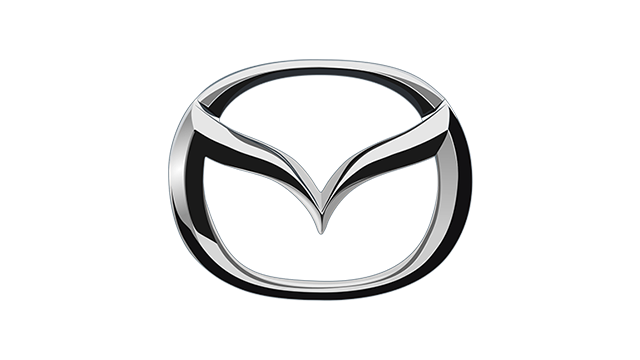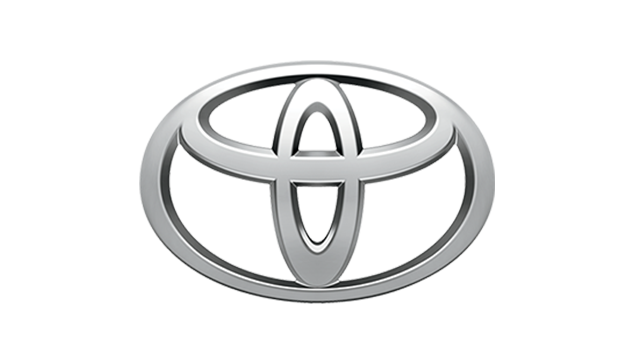How far will they go?
The vital question of range is extremely vexed. There’s no common measurement standard. Mercedes, even though the EQC doesn’t hit the roads for a year, is quoting the old, discredited NEDC cycle. Jaguar and Audi use the new WLTP standard. That’s supposed to be more realistic but our drives in the Jaguar and Nissan Leaf show it’s still a bit of a mirage. Probably the most realistic is the American EPA measure.
What’s really frustrating is that there’s no constant ‘conversion factor’ between all these. I’ve been looking at data crunched by Gordon Love of EV & Infrastructure Analytics. Nissan’s new Leaf scores pretty similar results for WLTP and EPA (270km vs 243km), but the Jaguar’s 470km WLTP takes a big fall to 377km EPA. By the same token, you can’t predict, from knowing a NEDC number, what the WLTP will be.
The Jaguar’s EPA range is actually worse than the Tesla’s even though it has a bigger battery. Yet the Audi’s, on WLTP, is worse than the Jaguar’s, even though it has a bigger battery than the Jaguar.
It’s all a bit rock-paper-scissors. And the Mercedes, even though it uses what is the most lenient range measure of all, the NEDC, has a shorter range than the Jag’s which is measured by WLTP.
It’s possible the Mercedes suffers by being heavy. Mercedes’ quoted weight is 300kg more than the aluminum Jaguar, and actually even more than the bulky Tesla. Hmm...with so many months until the on-sale date, is Mercedes sandbagging with its range and weight claims? Anyway, Audi still hasn’t come up with a weight figure. And the e-tron is the slowest-accelerating of the four, even in Audi’s ‘boost’ mode.
Charging speed
Let’s plug in. Audi fields the biggest battery at 95kWh, though Tesla will sell you a 100kWh for a £17,000 (P1.2 million) supplement over the 75 pack. The Jaguar follows at 90kWh. Mercedes makes do with a surprisingly tame 80kWh as the one-and-only choice for now.
All other things being equal, more battery means two things: more range, and longer charging. But they aren’t equal.
The Jaguar, with the slowest AC charger and a big battery, will spend the longest tethered to a cable. Unless you are at a rapid DC charger. Even then though it loses out to the Audi, which is equipped to draw 150kW...when those posts become available. Right now, the quickest DC chargers in the UK are 50kW, so we included a 0-80% time for those.
Except, of course, the Tesla DC superchargers are 120kW, giving the Model X an advantage for now. It’s also cheaper for Tesla owners to use superchargers—no longer free-for-life, but they give you 400kWh of free credits (2,400km) to start off with. By the way, the Tesla’s AC charge rate of 16kW only happens if you have three-phase.
Remember the blissful simplicity of arriving at a garage and filling any petrol car with the petrol from the same pump at the same rate?
